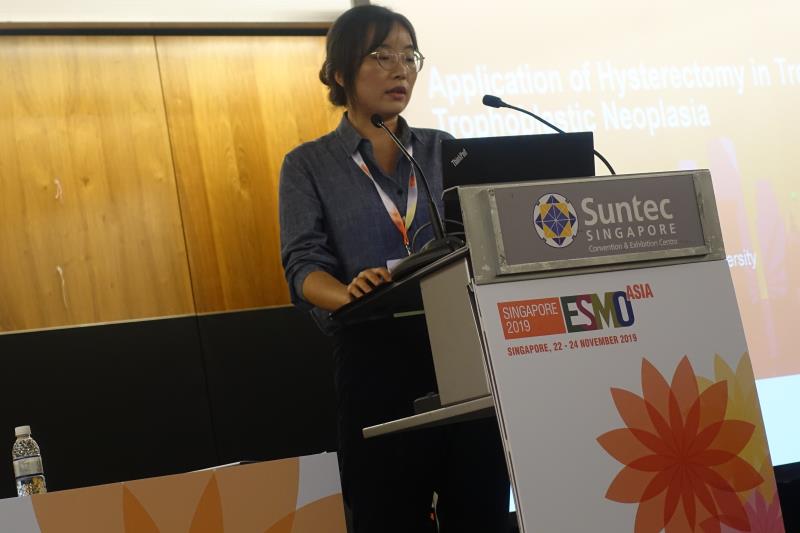
Hysterectomy appears to improve chemotherapy efficacy among low-risk patients with gestational trophoblastic neoplasia, according to a recent study presented at ESMO Asia 2019. This combination of interventions is thus feasible for use in these patients.
“We decided to do our research aimed at only one indication of hysterectomy,” began lead investigator Dr Yinxia Liu of the West China Second Hospital of the Sichuan University in Chengdu, China. “That is on patients with the lesions confined to the wall of the uterus during or after the chemotherapy.”
The researchers enrolled 126 eligible patients who were followed up for duration from 24 to 117 months. Ninety-seven (76.98 percent) were able to finish the study, and all of them survived. There were two cases of tumour recurrence post-treatment. [ESMO Asia 2019, abstract 2290]
All participants underwent normative chemotherapy appropriate to their disease severity and risk score. Hysterectomy was only given after patients had expressed no desire to keep their fertility and once the restriction of the malignancy to the uterus was confined using imaging techniques. A parallel group of gestational trophoblastic neoplasia patients who received chemotherapy alone served as a control.
In low-risk patients without metastasis, patients opting for add-on hysterectomy received an average of 5.04 chemotherapy cycles. Chemotherapy controls, on the other hand, needed a mean of 6.62 cycles. The difference was statistically significant (p=0.006).
Metastasis appeared to attenuate the effect, such that the mean number of chemotherapy cycles was comparable between patients who did vs those who did not receive hysterectomy (6.77 vs 6.68; p=0.811).
Hysterectomy lost its edge over chemotherapy alone in the high-risk subgroup. In both the metastatic (9.84 vs 8.87; p=0.246) and nonmetastatic (7.00 vs 9.82; p=0.084) subgroups, the hysterectomy and control arms required a statistically similar average number of chemotherapy cycles.
“As we all know, the primary treatment for gestational trophoblastic neoplasia is chemotherapy, with pretty sound outcome,” Liu said. Hysterectomies also see application in this regard.
However, indications for its use are varied, with no clear or definite criteria. According to Liu, the procedure is sometimes performed when there is a need to control bleeding or in patients with chemoresistant lesions, or in those who outright refuse chemotherapy.
The present study helps to refine these criteria better, identifying a patient population that could derive significant benefit from the procedure, Liu said. “Additional hysterectomy can help reduce total chemotherapy cycles needed in low-risk, nonmetastatic gestational trophoblastic neoplasia patients.”